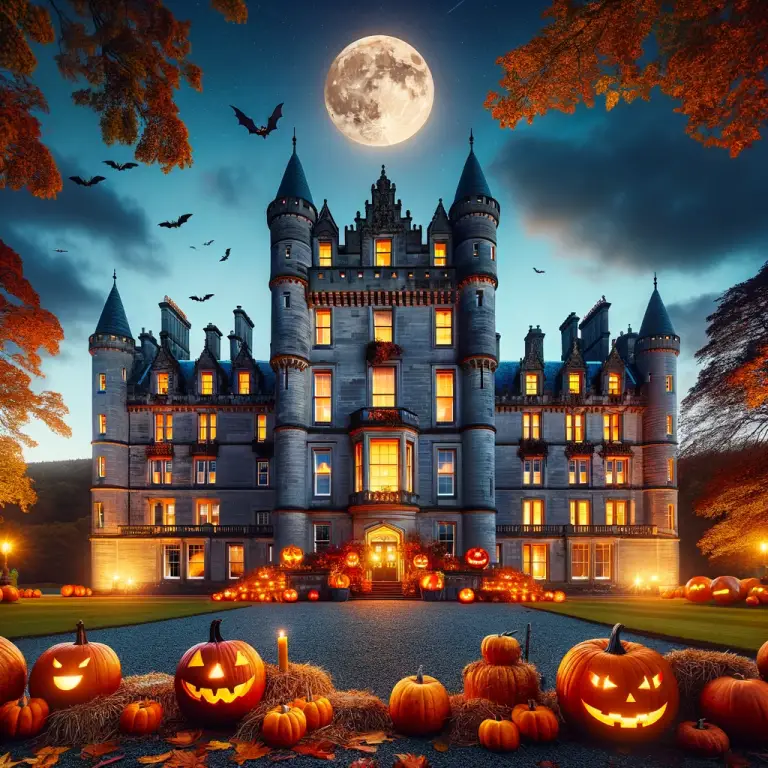On the 27th April 1749, the first performance of George Frederic Handel’s Fireworks music was played in Green Park, London, marking a momentous occasion in the history of music and celebration in the city.
The performance was commissioned by King George II to celebrate the signing of the Treaty of Aix-la-Chapelle, which ended the War of the Austrian Succession. The King wanted to put on a grand fireworks display to commemorate the occasion and hired Handel to compose a suitable musical accompaniment.
The music was played by a large ensemble of wind and brass instruments, as well as a set of drums and a cannon. The cannon shots were timed to coincide with the music and added an extra element of drama and spectacle to the performance.
The performance was a huge success and was attended by a large crowd of spectators who gathered in Green Park to watch the fireworks and listen to the music. The event was so popular that it was repeated a few days later, to the delight of those who missed the first performance.
Handel’s Fireworks music remains a popular piece of classical music to this day and is often performed during fireworks displays and other celebratory events.
The event marked the end of the War of the Austrian Succession and was attended by a large crowd of spectators who were treated to a spectacular fireworks display and a stunning musical accompaniment. Handel’s Fireworks music remains a beloved piece of classical music that continues to inspire and entertain audiences today.
Who was George Frederic Handel
George Frederic Handel (1685-1759) was a German-born composer who became a British citizen in 1727. He is widely regarded as one of the greatest composers of the Baroque era and is known for his contributions to opera, oratorio, and instrumental music. Handel is most famous for works such as Messiah, Water Music, and Music for the Royal Fireworks, which continue to be widely performed and beloved today. He spent much of his career in London, where he was highly regarded by the British royal family and the public. Handel’s legacy continues to influence music to this day, and his works remain an essential part of the classical music canon.
What was George Frederic Handel’s Fireworks music
George Frideric Handel’s “Music for the Royal Fireworks” is a famous orchestral suite composed in 1749 to celebrate the end of the War of the Austrian Succession and the signing of the Treaty of Aix-la-Chapelle. It was commissioned by King George II of Great Britain and was performed publicly for the first time on April 27, 1749, in London’s Green Park.
The suite consists of five movements, including an Overture, Bourrée, La Paix: Largo alla siciliana, La Réjouissance: Allegro, and the famous final movement, Minuet. Handel’s “Music for the Royal Fireworks” is characterised by its grand, celebratory sound and its use of brass and percussion instruments, which were intended to be heard over the noise of the fireworks display.



